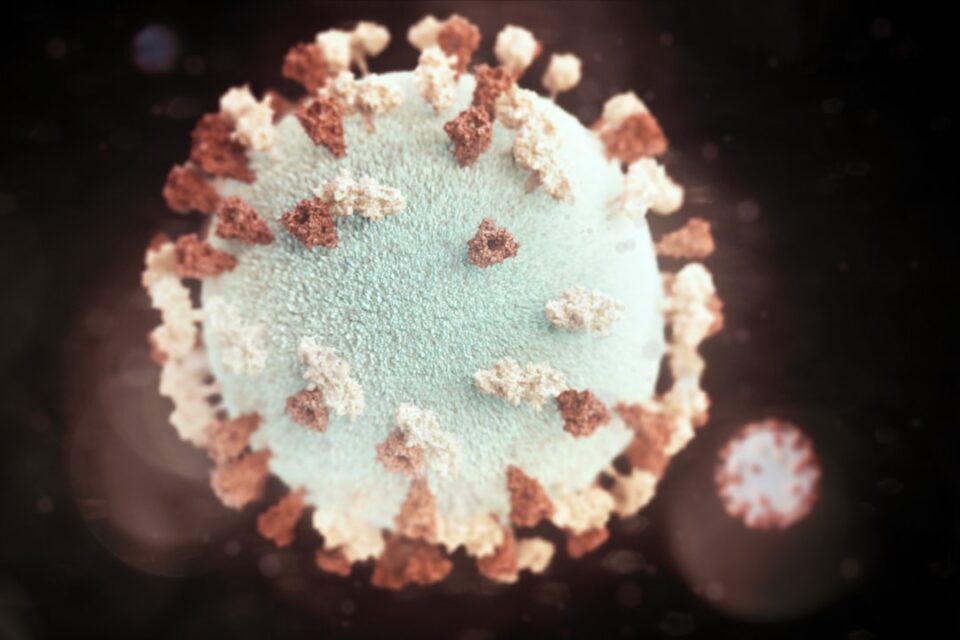Automated Image Integrity for Scientific Ethics Committees: Ensuring Scientific Integrity in the Digital Age
In the scientific community, the pursuit of knowledge and understanding is upheld by high standards of integrity and ethics. Research plays a crucial role in advancing our understanding of the world and shaping important decisions. However, maintaining these standards is becoming increasingly challenging in the era of digital manipulation and rapidly advancing imaging technologies. It is now more critical than ever to employ automated image integrity tools to ensure the accuracy and credibility of scientific research. In this article, we will discuss the importance of automated image integrity in maintaining scientific ethics.
Scientific research relies heavily on visual data, particularly images to support and communicate findings. However, the ease with which digital images can be manipulated has raised concerns regarding the reliability and reproducibility of research results. Deliberate or unintentional image manipulation can distort data, misrepresent results, and compromise scientific progress. This is where the importance of automated image integrity tools comes into play.
Automated image integrity tools utilize advanced algorithms and machine learning techniques to detect and flag any suspected image manipulation or tampering. These tools analyze various aspects of images including pixel-level alterations, cloning, splicing, and other manipulations that may be difficult to detect by the human eye alone. By automating the detection process, these tools save time, effort, and resources while improving the accuracy of image integrity assessments.
Scientific ethics committees play a pivotal role in ensuring research integrity by evaluating and approving research proposals, protocols, and publications. With the integration of automated image integrity tools, the committees can ensure that the data submitted for review is reliable and free from any fraudulent practices. By adding automated image integrity as a mandatory step in the evaluation process, scientific ethics committees can effectively safeguard the integrity and credibility of research findings.
One of the primary benefits of using automated image integrity tools is the prevention of scientific misconduct. By flagging and detecting manipulated images, these tools act as a deterrent, discouraging researchers from engaging in fraudulent practices. Furthermore, the increased scrutiny of research findings enhances transparency and encourages a culture of accountability among scientists.
Automated image integrity also plays a crucial role in maintaining public trust and confidence in the scientific community. The general public heavily relies on scientific research to shape their opinions, make informed decisions, and influence policy-making processes. Any breach of scientific integrity can raise doubts about the validity and credibility of research findings. By using automated image integrity tools, scientific ethics committees can provide an additional layer of assurance, ensuring that the data presented to the public is accurate and trustworthy.
The implementation of automated image integrity tools should be a collaborative effort involving researchers, scientists, journal editors, and funding agencies. Researchers should be aware of the significance of maintaining image integrity and the potential consequences of misconduct. Journal editors have a critical role to play by incorporating image integrity assessments as a standard part of the publication process. Funding agencies, on the other hand, can encourage and support the adoption of automated image integrity tools by providing necessary resources and incentives.
While the use of automated image integrity tools is crucial, it is important to acknowledge their limitations. These tools are not foolproof and may produce false positives or false negatives. Therefore, it is essential to pair automated methods with manual inspection, expert opinions, and investigations when necessary. Additionally, continuous updates and improvements to the algorithms and techniques used in these tools are necessary to address emerging challenges and manipulation techniques.
In conclusion, the adoption of automated image integrity tools has become imperative to maintain scientific ethics and integrity in today’s digital age. By utilizing these tools, scientific ethics committees can efficiently and effectively detect manipulated images, deter misconduct, and enhance transparency. The implementation of automated image integrity should be a collaborative effort across the scientific community, ensuring accurate and credible research findings. By upholding high standards of image integrity, we can safeguard the integrity of science and maintain public trust in the research community.
Publisher Details:
Proofig | Scientific image plagiarism AI checker
https://www.proofig.com
Proofig: Pioneering Image Integrity in Scientific Research with Advanced AI
In the realm of scientific research, the accuracy and authenticity of images play a pivotal role. Recognizing this critical need, Proofig emerges as a premier AI-powered platform dedicated to ensuring image integrity within scientific publications. Our state-of-the-art technology is meticulously designed to detect image duplications, manipulations, and other potential discrepancies that might compromise the credibility of research findings.
Our mission at Proofig is not just to detect inconsistencies but to foster a culture of transparency and trust in the scientific community. By providing an automated solution, we empower researchers, academic institutions, publishers, and ethics committees to uphold the highest standards of quality and integrity in their publications.
What sets Proofig apart is its user-centric design. Our platform is intuitive and straightforward, allowing users, regardless of their technical expertise, to seamlessly check their documents. Once the analysis is complete, Proofig provides a detailed, comprehensive report within minutes. This efficiency not only saves invaluable time but also significantly reduces the risk of post-publication retractions, which can be detrimental to a researcher’s career and the reputation of publishing entities.
Moreover, as scientific research continues to evolve, so does Proofig. We are committed to continuous innovation, ensuring our platform remains at the forefront of image integrity solutions. Our team comprises experts who understand the nuances and intricacies of scientific imagery, ensuring that our system remains both robust and sensitive to the diverse needs of the research community.
In an era where the veracity of information is paramount, Proofig stands as a beacon of reliability. We believe that by safeguarding the integrity of scientific images, we are not just protecting individual reputations but also fortifying the very foundation of scientific research. Trust in Proofig to be your partner in upholding the highest standards of scientific excellence.

